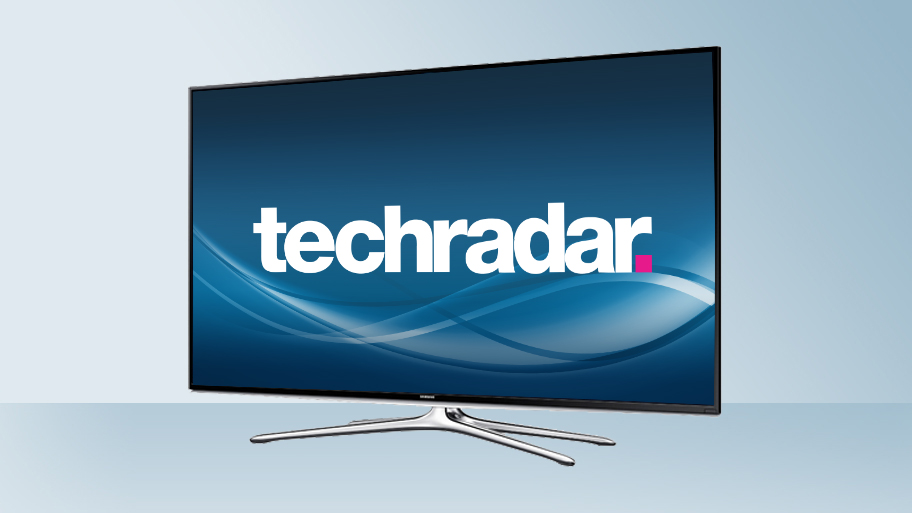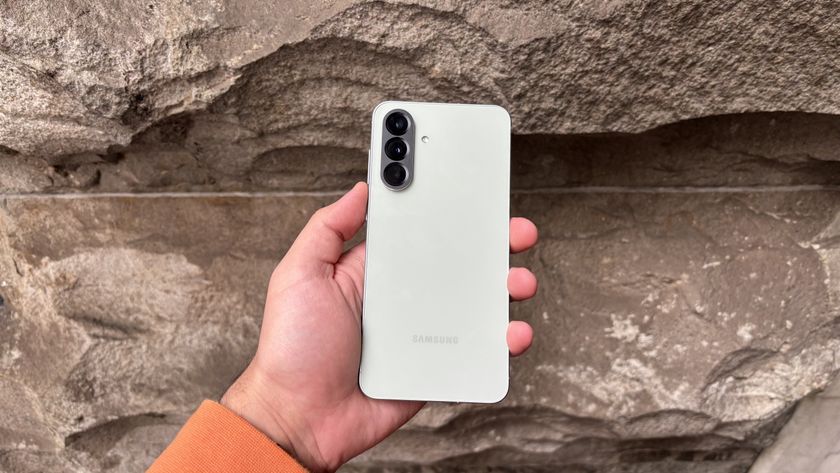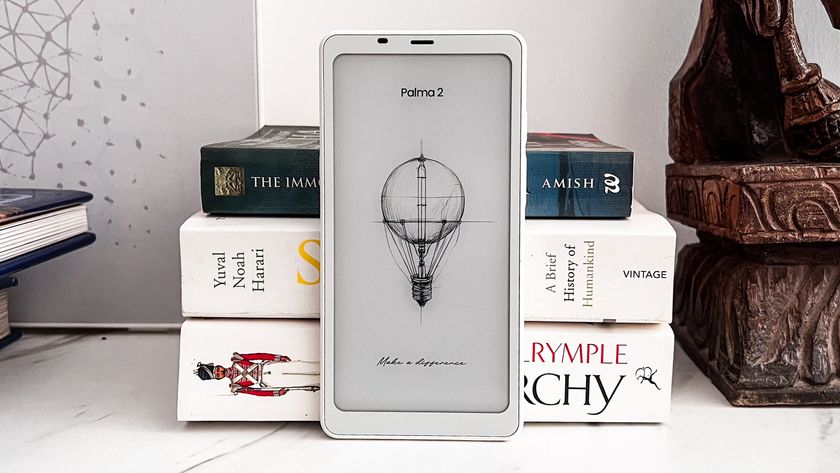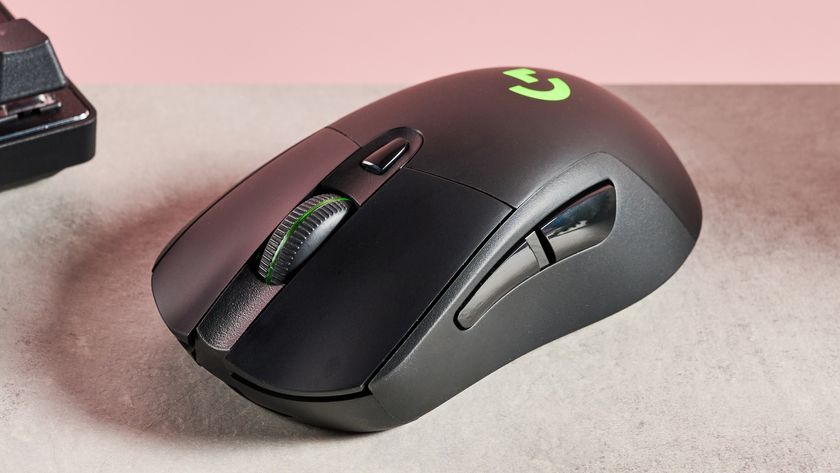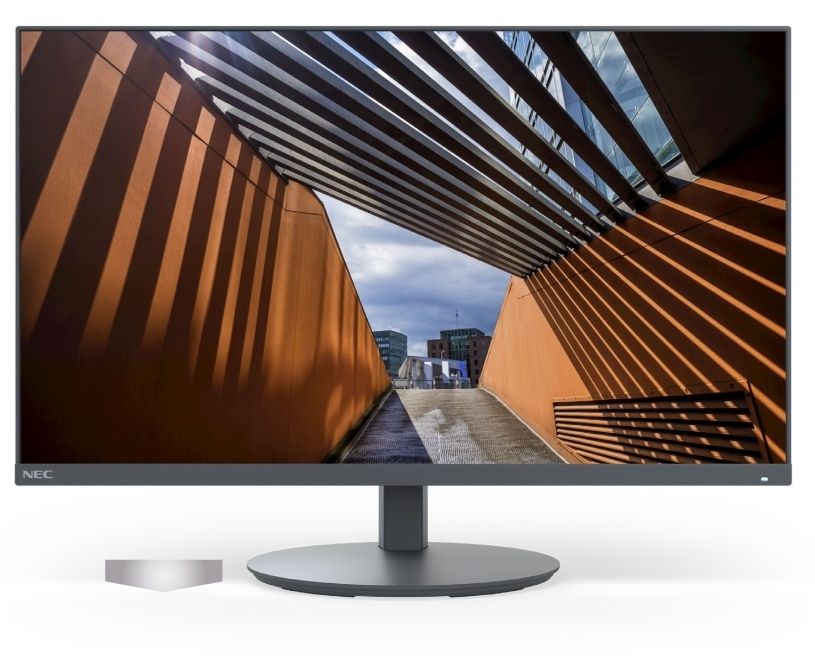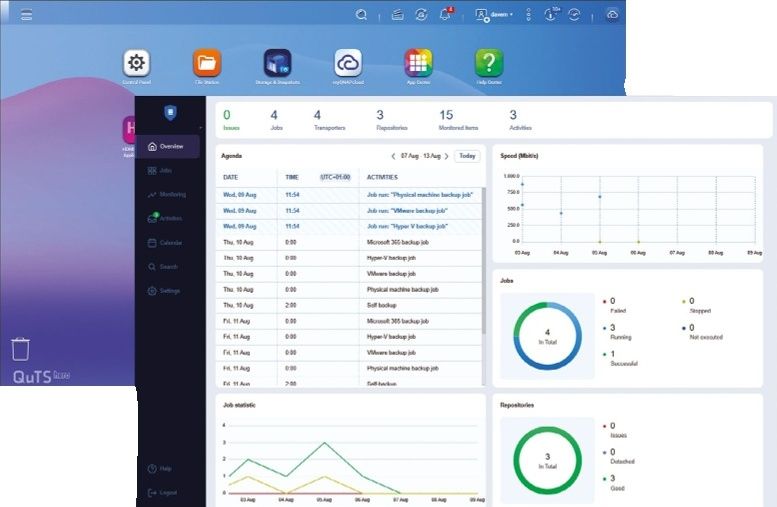Why you can trust TechRadar
As I'd hoped given its fairly high £500 price, the UE32H6200 is a cut above your average 32-inch TV in the picture quality department.
Particularly pleasing is how well Samsung's miniature hero handles dark scenes. For a start, while black levels don't hit the same exceptional depths as those of many of Samsung's bigger TVs, they're still very strong by typical small-screen TV standards.
They suffer less of the grey misting effect associated with low contrast panels than many rivals, and also generally avoid the backlight clouding woes still seen all too commonly with edge LED screens. If you want to see the best black level results make sure you turn down the TV's backlight setting to below 50% when watching films in dark rooms.
Shadow detailing
There's an impressive amount of shadow detail on show during dark scenes, which shows that the UE32H6200's contrast superiority is a result of a strong native contrast performance from Samsung's panel rather than just a result of clever light output manipulation by the set's dynamic contrast system.
Underlining this fact is the way you can still get a very credible contrast performance from Samsung's screen even if you don't use the dynamic contrast system option.
If you do use it, you can do so on its lowest power setting without having to worry much about the sort of distracting brightness shifts that characterise many less effective dynamic contrast systems – especially those that have to work much harder to get the panels they're working with to deliver a convincing black colour.
Detail resolution
The UE32H6200 also shows the majority of the 32-inch competition a clean and beautifully defined pair of heels with its sharpness. HD footage looks emphatically detailed at all times, thanks to the screen's potent combination of sharpness and texture resolution.
In fact the sharpness can be a bit excessive using Samsung's out-of-the-box picture presets, tipping over into noise and grittiness. But it only takes a nudge down of the sharpness setting to get things back on the right side of the noise line.
There is a little reduction in the image's extreme clarity when the picture contains a lot of motion. But the impact of this isn't nearly as pronounced as it is on many rival small-screen sets, and certainly isn't accompanied by smearing and lag.
Colour
When it comes to colour handling the UE32H6200's exhibits a range, naturalism and subtlety of tone that's streets ahead of the rather cartoonish, roughly-blended, subtlety-free, often PC-biassed colours found on many of today's small-screen TVs.
This helps underline the sense of detail you get with HD sources, but if anything it's even more invaluable with standard definition, as you experience less of a colour performance reduction with non-HD fare than usual.
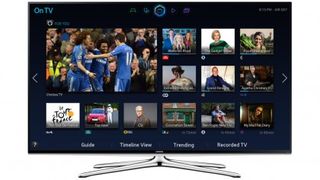
With a strong brightness output by small-screen standards helping to ram home the advantages described thus far, the only issue I have with the UE32H6200's pictures beyond the small points alluded to previously is the way the backlight clumsily switches off completely during really dark scenes, so that you clearly and distractingly see the light flick back on as soon as some brightness enters proceedings again.
Turning to the UE32H6200's efforts with 3D, the first thing I feel duty bound to say is that I seriously question 3D's worth on a screen as small as 32 inches. Unless you're sat really close to the screen 3D at 32 inches feels like you're looking at a hole in your living room rather than a truly immersive 3D experience.
3D, for better or for worse
If you still think you might want to avail yourself of the UE32H6200's three-dimensional talents, though, it's certainly no 3D slouch. Particularly admirable is how relatively little the screen suffers with double ghosting crosstalk noise – an especially good achievement considering that its 3D images are engagingly bright.
Traditionally, active 3D LCD TVs have tended to need to sacrifice quite a lot of brightness to keep a rein on crosstalk, but Samsung seems to have found a way round this problem.
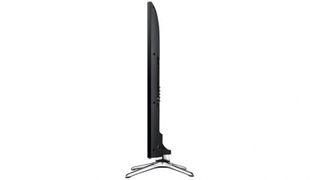
Not having to see much crosstalk helps the UE32H6200's 3D pictures look reasonably sharp (though not as sharp as its 2D images), as well as helping to deliver a better defined sense of depth and 3D space. Colours remain bold and believable too, and while there's an increase in motion judder it's dealt with passably well by the 'low' setting of Samsung's motion processing system.
John has been writing about home entertainment technology for more than two decades - an especially impressive feat considering he still claims to only be 35 years old (yeah, right). In that time he’s reviewed hundreds if not thousands of TVs, projectors and speakers, and spent frankly far too long sitting by himself in a dark room.

"The best AI comes from the best data” - why NetSuite thinks AI is changing everything, but its “secret sauce” could be just what your business needs
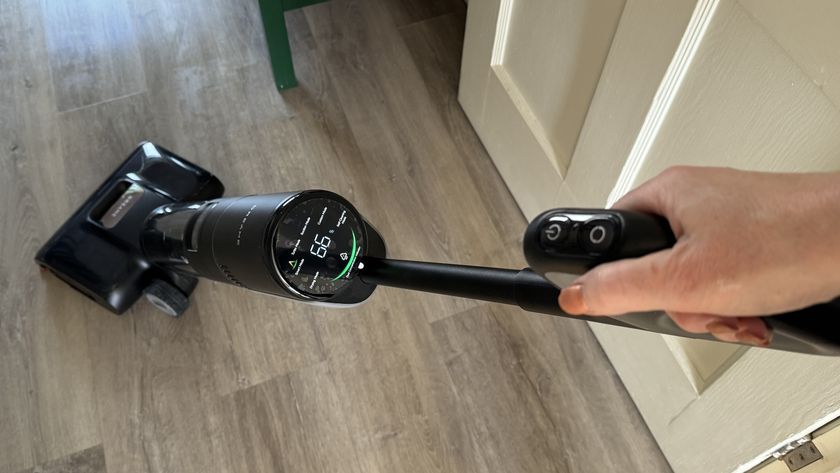
This cutting-edge wet-and-dry vacuum is so good, I'd even forgive it for damaging my wooden floors
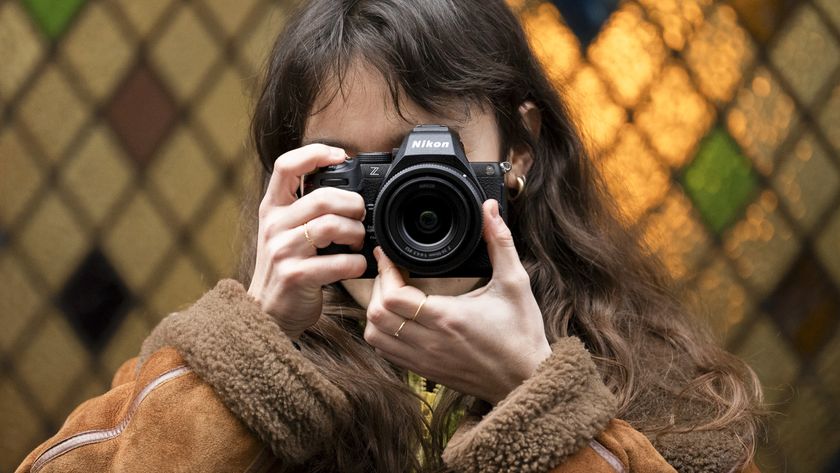
Nikon unveils the Z5 II full-frame mirrorless camera – entry-level just got better, and pricier
